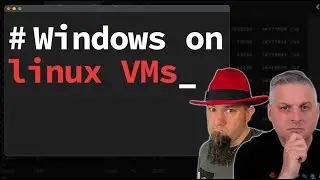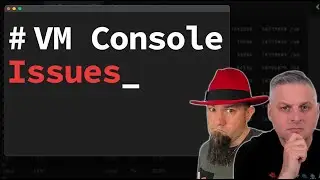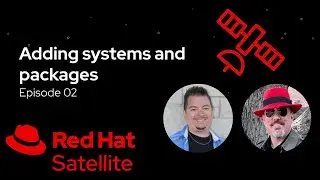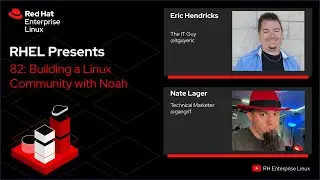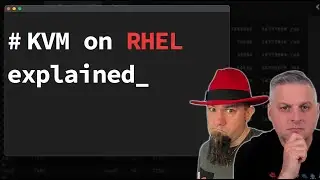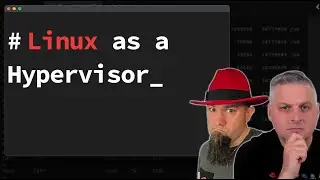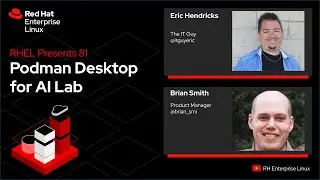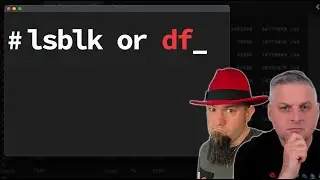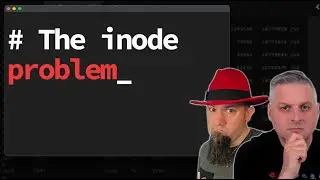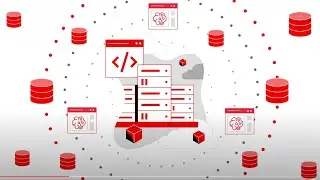Why Red Hat Chooses Stability Over Constant Updates
We address why Red Hat Enterprise Linux (RHEL) tends to use older versions of QEMU, KVM, and other packages compared to other distributions like Debian and Proxmox. We explain how RHEL's long-term support life cycle ensures stability by maintaining consistent versions throughout each major release, such as RHEL 9. This approach minimizes disruptions in production environments. Additionally, we touch on the predictability of RHEL's release
schedule, with major updates occurring every three years.
- - - -
Critical Administration Skills for Red Hat Enterprise Linux: Whether you are new to Linux or new to RHEL, join our hosts for a hands-on look into the commands and processes, ask questions, and grow your knowledge.
Get Started with Red Hat Enterprise Linux: https://developers.redhat.com/register
Try it for yourself: https://redhat.com/interactive-labs
Continue the conversation: / redhat
Local Virtualization on Linux | Into the Terminal 104
https://youtube.com/live/k0kuEP2R0jU
Nate Lager: / gangrif
Scott McBrien: / stabby_mc
Libvirt
https://libvirt.org/
QEMU
https://www.qemu.org/
KVM
https://linux-kvm.org/page/Main_Page
https://www.redhat.com/en/topics/virt...









